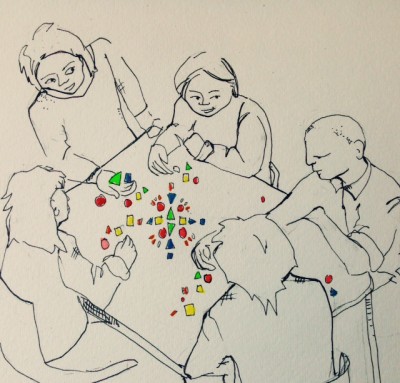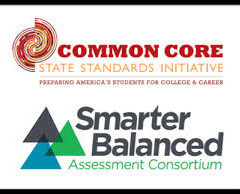 By Tom White
By Tom White
It looks like the lawmakers in Olympia have finally passed a budget. This came after a third special session, and it’s still not completely clear that they’re finished, since they haven’t decided how to handle the fact that they aren’t fully funding Initiative 1351. But let’s look at it anyway.
First the good: the budget spends an additional $47 million on Early Learning. Actually, I don’t even consider that “spending.” I call it investing. Whenever I visit my kindergarten-teacher friend (she keeps chocolate in her closet) she points out exactly which kids went to a decent preschool. They’re the ones who read and do math. The others are still learning their letters and numbers. Not surprisingly, when I get them as fourth graders, the differences are still apparent. Spending on early learning is incredibly important, and it pays off. Continue reading



 My son graduated from high school yesterday. I’m very proud of him, of course; he’s a smart, talented kid with enormous potential and a music scholarship to the University of North Texas. He will go far.
My son graduated from high school yesterday. I’m very proud of him, of course; he’s a smart, talented kid with enormous potential and a music scholarship to the University of North Texas. He will go far.


 By Tom
By Tom